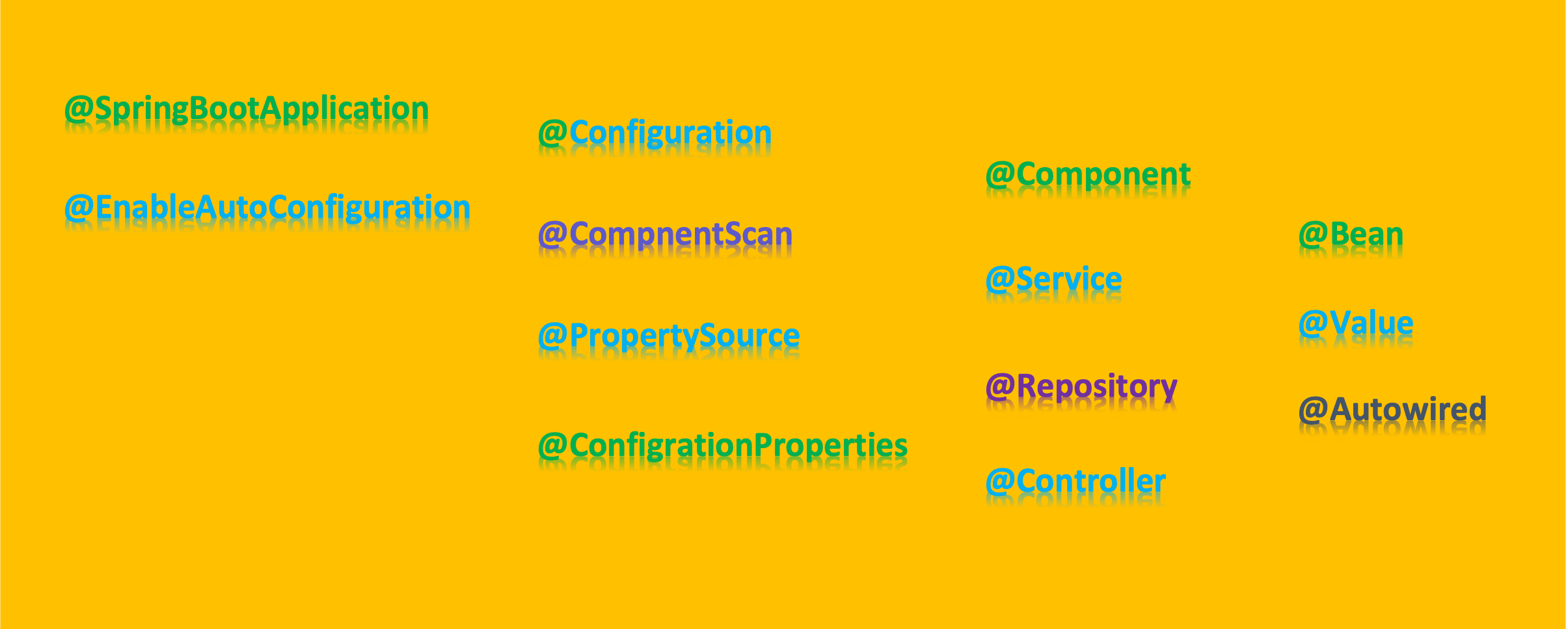
If the issue doesn’t already exist, create a … The maximum number of request processing threads to be created by this Connector, which therefore determines the maximum number of simultaneous requests that can be handled. This is a very thin extension of. On the right pane, right- click TCP/IP, and select Properties. By default Spring uses .jpa.SpringNamingStrategy to generate table names.

Hence your Hibernate and spring framework as well as you can do some reflect works based on this annotation. Annotations can be split in two categories, the logical mapping. The Id annotation is inherited from, indicating the member field below is the primary key of the current entity. A JPA 2 XML descriptor syntax for overriding is defined as well). Their mappings are defined through JDK 5.0 annotations instead of hbm.xml files. Since 3. Other stereotypes are a specialization of Component. Before Spring 3.2, the two main approaches to handling exceptions in a Spring MVC application were HandlerExceptionResolver or the ExceptionHandler annotation. This is a generic stereotype annotation which indicates that the class is a Spring-managed bean/component. Actually, they are Hibernate persistent entities. Component Complonent annotation is also an important & most widely used at the class level. The Table annotation provides four attributes, allowing you to override the name of the table, its catalogue, and its schema, and enforce unique constraints on columns in the table.

: It aims to simplify Java EE development that makes developers more productive. Mapping with JPA (Java Persistence Annotations) JPA entities are plain POJOs. Table Annotation: The Table annotation allows you to specify the details of the table that will be used to persist the entity in the database. It also simplifies its security model by merging it with the application one. Spring Boot workflow acts like this: The Client makes an HTTP request. This is accomplished by listing them in the annotation declaration.


 0 kommentar(er)
0 kommentar(er)
